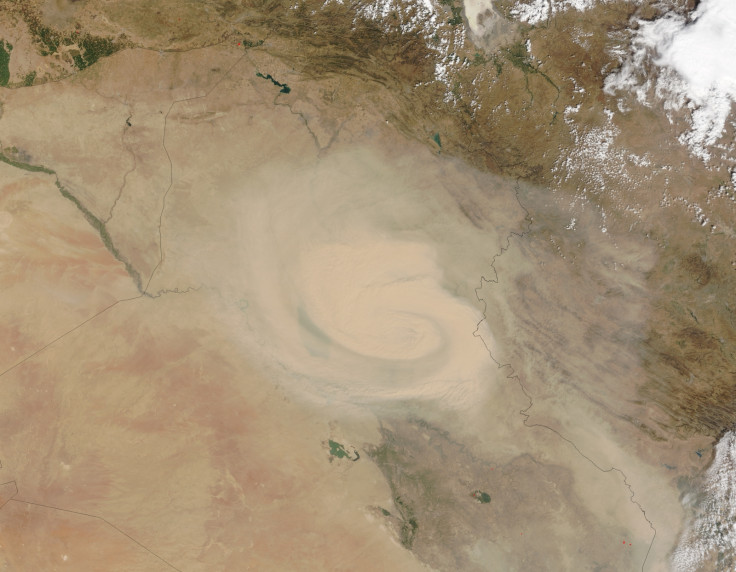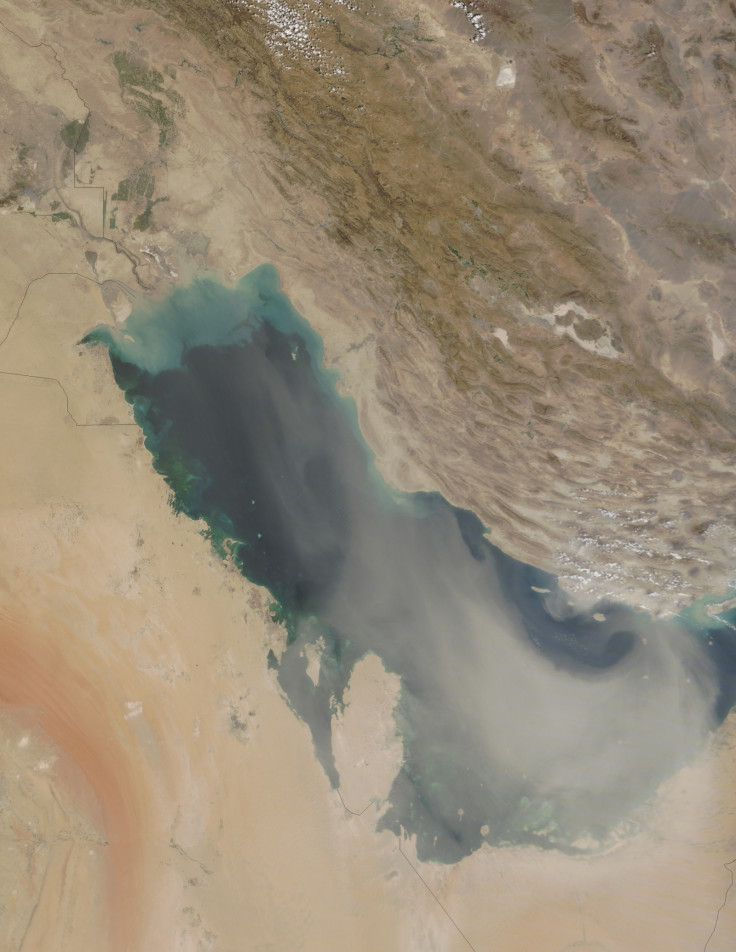Gigantic Middle Eastern dust storm was caused by climate change, not conflict
Shamal winds and unprecedented aridity was responsible for enormous storm.
A dust storm that covered vast swathes of seven Middle Eastern countries, causing respiratory problems, injuries, disruption to airline flight schedules and closure of ports, was due to climate change and unusual weather, a new research has found.
At the time, the storm of September 2015 was attributed to changes in land topography caused by the ongoing Syrian conflict by some scientists and media sources. Reduced irrigation and abandonment of farms were thought to have led to increased amounts of dust blowing across the Middle East, swept up by winds which led to an unusually severe dust storm.
However, these claims have not been backed up by any scientific evidence, which instead points to climate change as the cause of the storm, according to a study published in the journal Environmental Research Letters. Reports linking the storm to conflict were "just hypotheticals thrown into the air", study author Elie Bou-Zeid of Princeton University said in a statement.
Nasa satellite data showed that vegetation cover in the region was in fact much greater than the 2007-10 average, due to increased rainfall following a drought in 2013-14. This suggested that changes in land use that would lead to loss of vegetation cover were not to blame for the dust storm.
Data on surface temperature and humidity showed that the region had been going through a period of extreme aridity in the run-up to the dust storm. Weather data also showed that the Shamal winds were strong during this period, coupled with a cyclone.
The historically unprecedented aridity of the region due to climate change was enough to cause the dust storm when coupled with strong winds, the authors wrote in the paper.
"The simulations showed that what was very unique about this storm is that it was preceded by a very hot period, and so the land that was not covered with vegetation would be drier and it would be easier to entrain sand grains from it," Bou-Zeid said.

"If the cause of the storm was human conflict, then when the conflict ends, the causes go away, and that's all good," he said. "But if the cause was not conflict and is more climate, and this is due to climatic conditions that are going to become more frequent in the future, then this is something that will reoccur."
Globally, 2015 was the second hottest year on record, after 2016. The Met Office has predicted that 2017 will be almost as hot as 2015.

© Copyright IBTimes 2024. All rights reserved.























